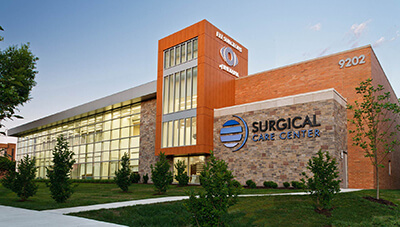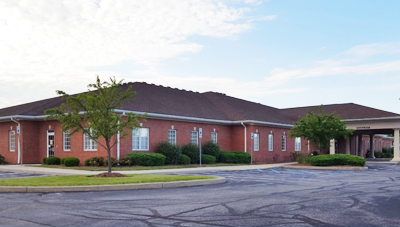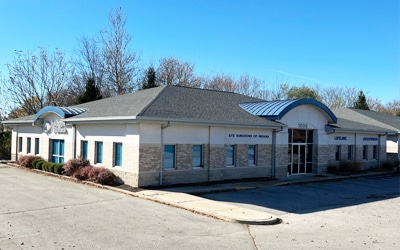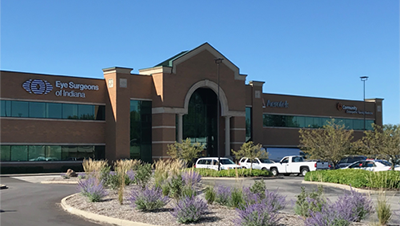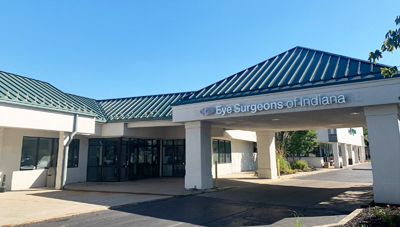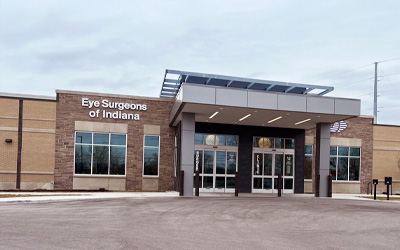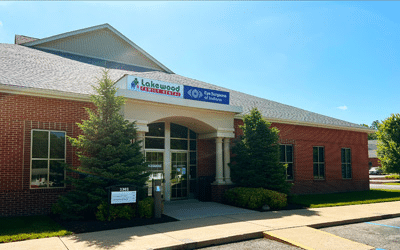How Lensar is Creating Major Change for Patient Outcomes
Posted in: News / Events on May 13, 2020
Michael Orr, MD, of Eye Surgeons of Indiana, was an admitted longtime skeptic of femtosecond laser–assisted cataract surgery (FLACS). When he was first introduced to the technology in 2010 during its earliest stages, he wasn’t convinced there were clear benefits to patients or surgeons compared to standard surgery. His perspective drastically changed, however, with the advent of the LENSAR Laser with Streamline® IV.
For Dr. Orr, Streamline IV has been one of the most transformative technologies in his 30-year career as a cataract surgeon. In a recent interview, he shared which aspects of the LENSAR Laser have changed how he views FLACS and how the technology has significantly changed his practice and patient outcomes.
Q: What about the LENSAR Laser shifted you from being a skeptic to a firm believer in FLACS?
A: What really changed my view of FLACS was the ability of the LENSAR Laser with Streamline IV to connect diagnostic imaging with iris registration and to know precisely where to treat astigmatism using IntelliAxis Refractive Capsulorhexis. Before this, I started to gradually get on board with the original LENSAR technology because of its ability to make great capsulotomies. This was a significant improvement from the first technologies I dabbled with, but I still wasn’t 100% convinced. When LENSAR brought on the integration of pre-op diagnostics and iris registration, however, that’s when we jumped in full time. This provided an undeniable patient advantage, to be able to accurately correct astigmatism and increase the safety profile of the surgery.
Q: How did the LENSAR Laser transform your practice?
A: We are a now a truly femto-centric practice because of the patient outcomes that LENSAR with Streamline IV is able to achieve. It’s all about patient results. We see quite a few of our patients at one day post-op visits, and how well they are seeing is contagious. They see great results, they talk about it, they tell other patients. As a result, LENSAR has really taken over our practice and has become the main focus. I never envisioned it would be this big. Thirty-seven years after my first cataract surgery, I feel I am doing my best surgery for the patient that I have ever done, and it’s really a result of the LENSAR Laser technology. I am so convinced that it’s a better surgery that I have to speak about it, and when you speak that way to patients, they know you and your staff are committed and they immediately understand the value.
Q: How does LENSAR make it possible for you to deliver such high-quality patient outcomes?
A: LENSAR is a quantum leap in the quality of patient outcomes that we deliver and it’s all because of precision. This precision is really attributable to the preoperative astigmatism measurement and then the electronic transfer of this and other pre-op diagnostic information to the laser. And then taking this precision one step further, we are able to use iris registration to know that the fingerprint of their iris is registered exactly to the axis of astigmatism. In almost all cases, this has allowed us to eliminate intraoperative aberrometry, because we know we are treating where we should be for an optimal astigmatic outcome.
Q: How has adding the LENSAR Laser impacted your surgical flow?
A: When we went all-in on LENSAR, we built a space for it specifically. From that day forward, it was automatically part of our surgical flow. I’ve gotten into a rhythm of going from the laser room to the OR and then back to the laser room. And our ability to eliminate intraoperative aberrometry because of the laser’s accuracy and precision also helps tremendously with our efficiency.
Q: What do you consider to be the key advantages of the LENSAR Laser?
A: There are so many advantages to the laser- For example on the practice side LENSAR provides education, staff training, and business development, which are all unquestionably important. But on the surgical side, what LENSAR really brings to the table is safety, convenience, ergonomics, and accuracy. Allowing you to be a more accurate surgeon is what we all strive for and the LENSAR Laser does just that. Something we always look for as cataract surgeons is capsulotomy, and because of the design of LENSAR’s patient interface, the software, and the Scheimpflug scanning, it is very rare to have an incomplete capsulotomy using this technology. When you add that safety to being able to place a toric or toric presbyopic IOL right on the desired axis, LENSAR is able to move surgeons to another level of surgery.
Q: What would you say to surgeons who are still skeptical of FLACS?
A: I would tell them that LENSAR is truly the next step in creating major change for patient outcomes. To be able to accurately correct astigmatism down to 0.5D and less, to be able to accurately place a toric IOL, whether a toric monofocal or toric presbyopia-correcting lens, is a major change in what I have done in 30 years, and I am at the highest confidence level I have ever been because of it. I too was once a skeptic, so I understand the hesitation. But this technology is a game-changer.

